Shoei JO helmet review. Now called the JO2
Published on: 25 June 2018
CLICK SHOEI JO2 HELMET TO SHOP WITH FREE UK NEXT DAY DELIVERY
This is a slightly tricky one for us, in that we simply are not huge fans of open-face helmets.
Now we not believers in protection just for the sake of protection. Rather, we are believers in equipping motorcyclists with the appropriate level of protection.
This is why we don't mindlessly chase AAA-rated garments. Too often they come at the expense of wearability and comfort. And that's why we have not historically been huge advocates of airbags. And why we don't advocate wearing off-road boots for popping down to the shops.
Motorcycles are dangerous. Nothing you wear can remove all the risks. And if safety and protection are your sole focus, you might just have to face the reality that motorcycling is not for you. You'll be much safer staying at home, and watching the telly!
But all this having been said we have to admit that we do have reservations about open-face helmets. Yes, we understand trying to look cool; and believe me we are well aware of the attraction of having the wind on your hair. But you can do a lot of damage to your face if you come off your bike, even at low speeds; and we just don't fancy the odds.
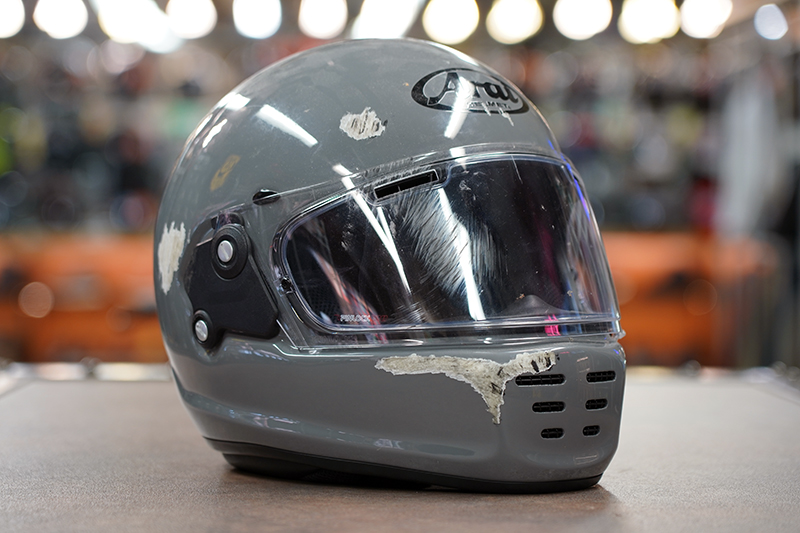
I had a very minor off a couple of years ago. I was barely moving, but hit the ground and ended up sliding down the road on the front of my helmet, which luckily was a full-face one. But what was clear to me was that if I had been wearing an open-face, some reconstructive surgery might well have been called for. And for a period I feel sure that I would have been sipping my lunch through a straw.
Now if you come into the shop looking for an open-face helmet we will always have a conversation with you about whether this is your best option. We will always talk about the inherent dangers when you wear an open-face. And we will do this because a lot of youngsters, a lot of those who are new to bikes, and a lot of those who have only taken up motorcycling in order to make a style statement, have never given a second thought to the aforementioned downside.
Now maybe it's a moral weakness, maybe it's hypocrisy, maybe it's simply a desire to stay in business, but we have come to the view that we are not going to, point blank, refuse to sell open-face helmets. Some experienced riders know and accept the risks, and so we feel that we can't afford to give people yet another reason not to come and visit us!
Anyway, I have now finished my treatise on why you might not want to buy an open-face helmet. So let me now tell you why, if you are going to buy one, that helmet should be the Shoei J.O2. And why, ironically perhaps, you should probably buy it from Motolegends.
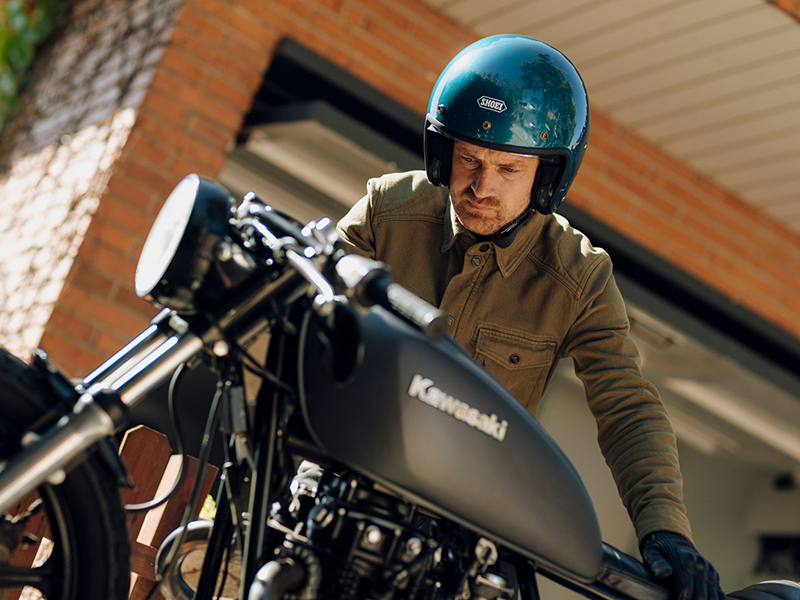
The J.O2 in detail
The orignal JO was always the best open-face helmet on the market. Its replacement, the J.O2, is in every way a Shoei, made to the same standard as the Neotec and the GT Air. And we say this because many motorcyclists believe that all helmets are as protective as one another, because they are all similarly accredited. Let me be clear. That's not the case.
Shoei is a major player in MotoGP having shaped, alongside Arai, the new FIM standard as well as ECE 22-06. Remember that 22-06 represents a pass mark. Arai and Shoei test their helmets to a much higher standard. And they then continue to batch test them as they come off the production line in the way that the off-shore factories simply don't.
All bikes have to pass the homologation standard, but that doesn't of course mean they're all built to the same standard. Or brake in the same distance!
The fact is that most open-face helmets are produced to hit a price point. And that's because most open-face helmets are sold to scooter and moped riders, whose main reason for being on two wheels is often to save money. Apparently, in pricing terms, the hot spot, where most open-face helmets are sold, is £99.99.
And given this £350 for the base J.O2 puts it out of kilter with the market. Many bikers will shun it, therefore, as they know they can get a nice-looking, open-face helmet for much less.
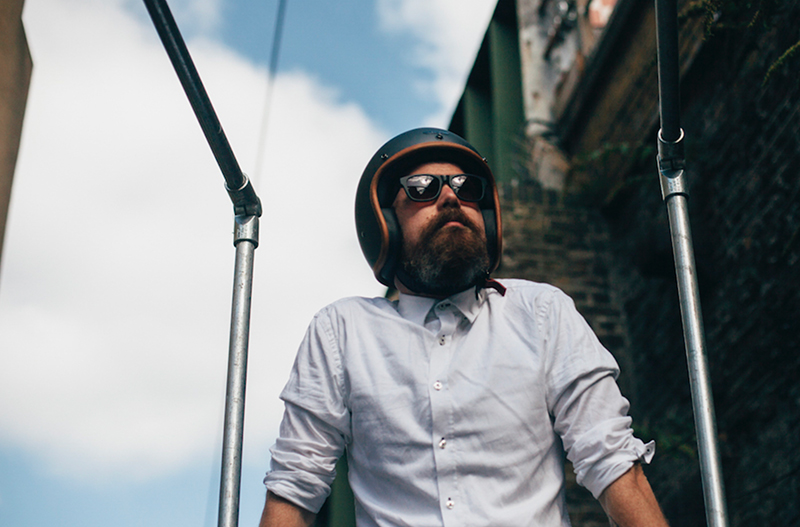
Pay more and you won't get a better helmet; just perhaps a fancier one.
You can, of course, pay more. And a Hedon helmet, the darling of the Bike Shed crowd, is a prime example. Now I am as gullible as any other person when it comes to cleverly marketed, luxury goods. And I have a garage and a wardrobe full of expensive gear that adds no utility to my life other than to bring a smile to my lips!
It's perhaps just because I work in this business, therefore, that I still find it difficult to reconcile over £400 for the plainest, open-face Hedon helmet when I know that, technically, the cheaper J.O2 is a much better helmet in just about every conceivable way.
But then again is the J.O2 three times better than a scooter helmet that is a third of the price of the J.O? And to be fair the answer is probably that it's not.
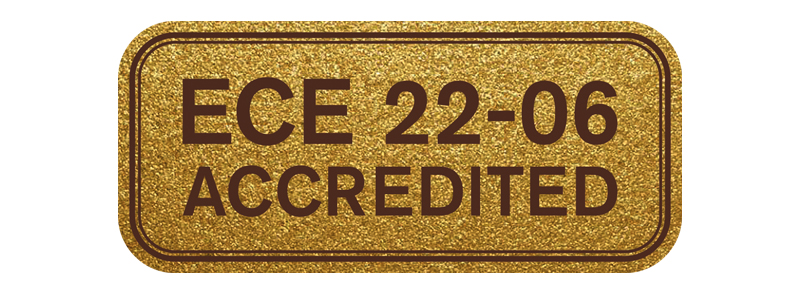
The new J.O2 is ECE 22-06 accredited.
On one level there's not a huge amount of difference between the old J.O and the new one. It's basically the same shell. Now the new helmet is 22-06 accredited whereas the old one was 22-05, so it’s definitely a more protective helmet.
But all this has entailed was putting a thicker eps into the existing shells. In some instances that has meant the new helmet has become larger than its predecessor. In light of this, and in an attempt to reduce the famous 'bowling ball' effect, Shoei has introduced a fourth shell size.
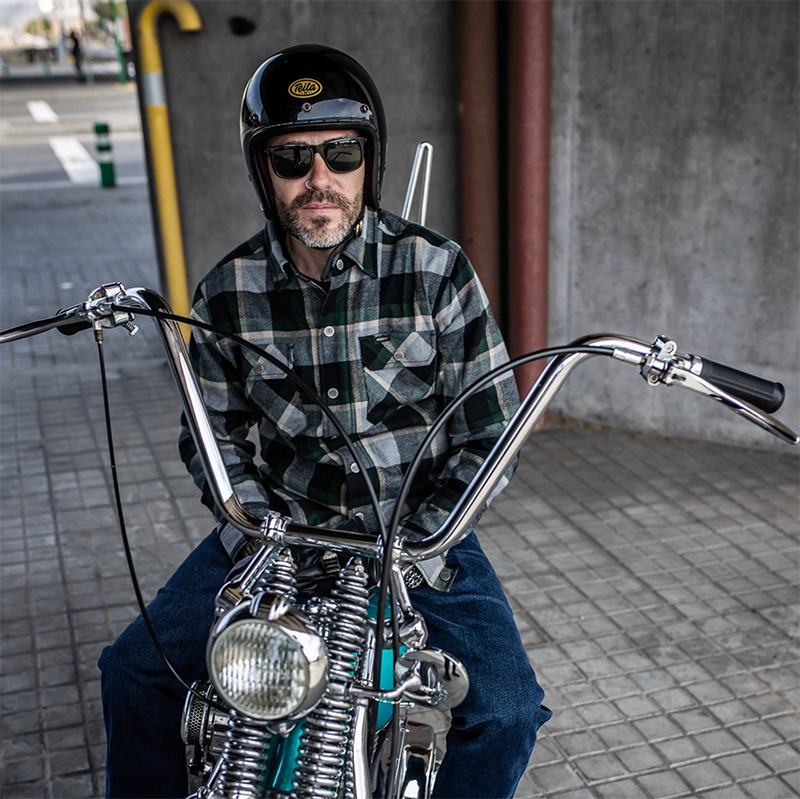
But, as ever, you will find lower-profile helmets that fit closer to the skull. This is of appeal to certain groups. It goes down well with those Harley who still think the perfect helmet look was modelled by Peter Fonda in Easy Rider. For reasons not totally unrelated, the look is also popular with the Bike Shed and custom bike boys.
But be under no illusion. The thinner the eps there is in a helmet, the less protection it will offer. As ever, it’s not quite that simple, but buy a helmet that fits like a skull cap and, in an accident, you won't be doing your brain any favours!
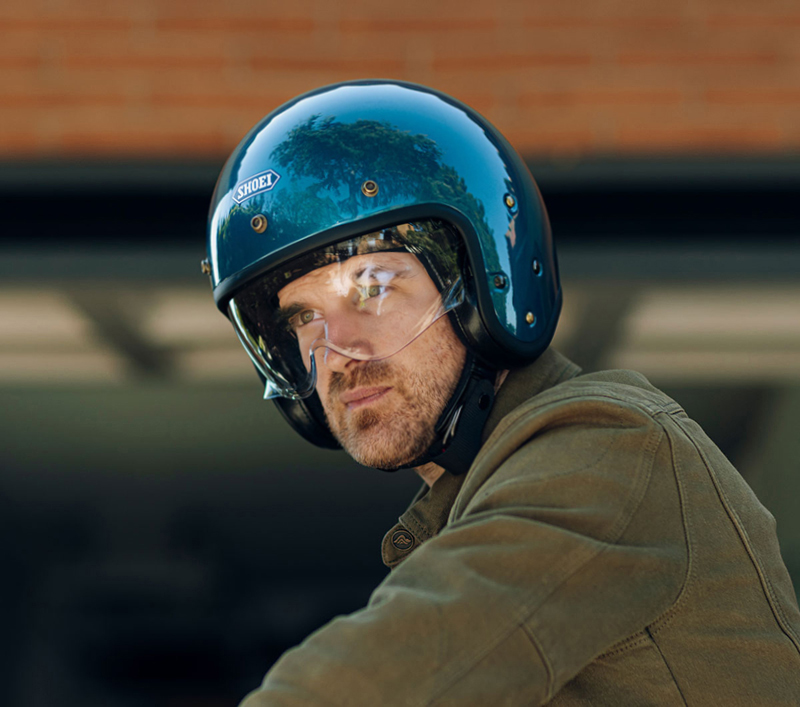
The new JO, like the old one, has a drop-down visor that can be adjusted into three positions. It will protect your eyes from flies and grit, but will do no more than that, although it will allow you to ride at higher speeds, without your contact lenses flying out.
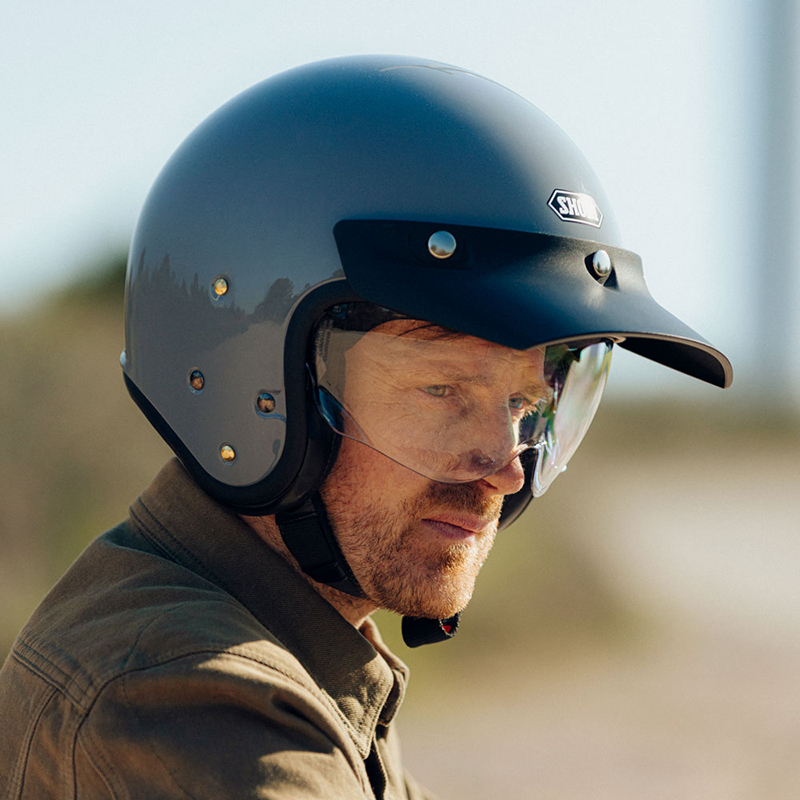
There are two added attractions with the new model. First, there are poppers to allow a peak to be attached to the helmet. The old one didn't have these; and everyone pointed out to Shoei that it was a lost opportunity, so thanks go to Shoei for listening.
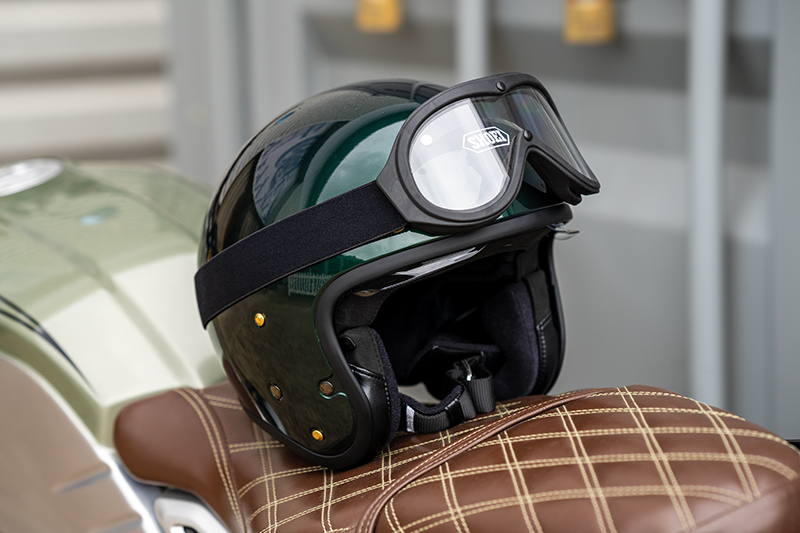
The other thing that the new helmet comes equipped with is a googles strap at the back. The shame is that, right now, we don't think we have the right goggles for the J.O2. We've got some off road goggles, but normally people who want goggles on an open-face helmet are looking for more of a café racer aesthetic. So we're going to see if we can find something that works. Of course, it's the Spitfire pilot goggles that look best, but honestly you can't ride in them. They distort, and on a modern helmet with a thick eps, they won't seal against the face. And it's for this reason that, with the old J.O, a lot of people would sit these googles on the brow of the helmet, and use the drop-down visor to protect their eyes!
Because most open-face helmets are cheap and cheerful affairs, most of them aren't particularly comfortable, and few fit well. Moreover, I am not sure that there are currently any where the fit can be altered. In fact, in many, the linings won't even come out!
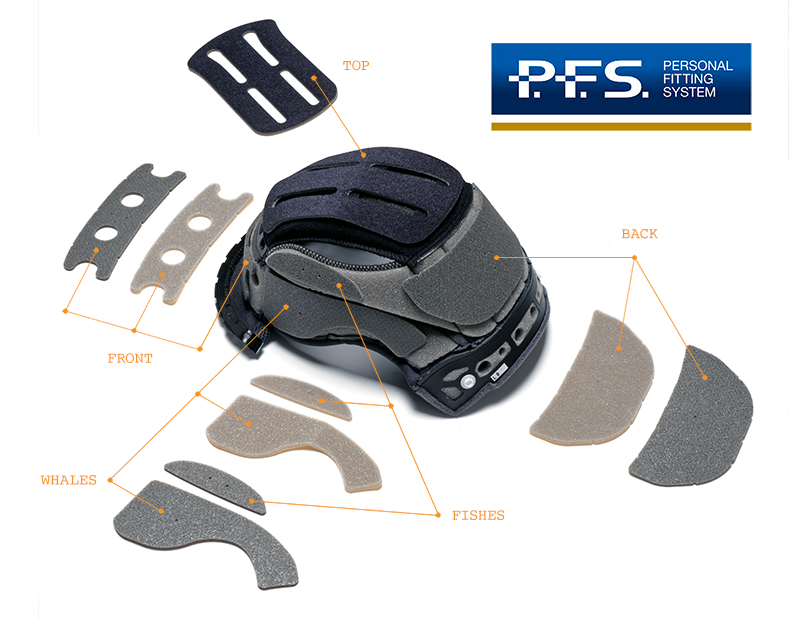
Well on the J.O2 you have the option to fit three different cheekpad thicknesses and three different headliner thicknesses. But for the ultimate fit, of course, there’s PFS where we measure your head and input the data into the Shoei App. in order for it to create a 3D representation of your skull. Knowing the internal architecture of all its helmets, the system then tells us what pads to fit where in the crown liner in order to get a perfect fit.
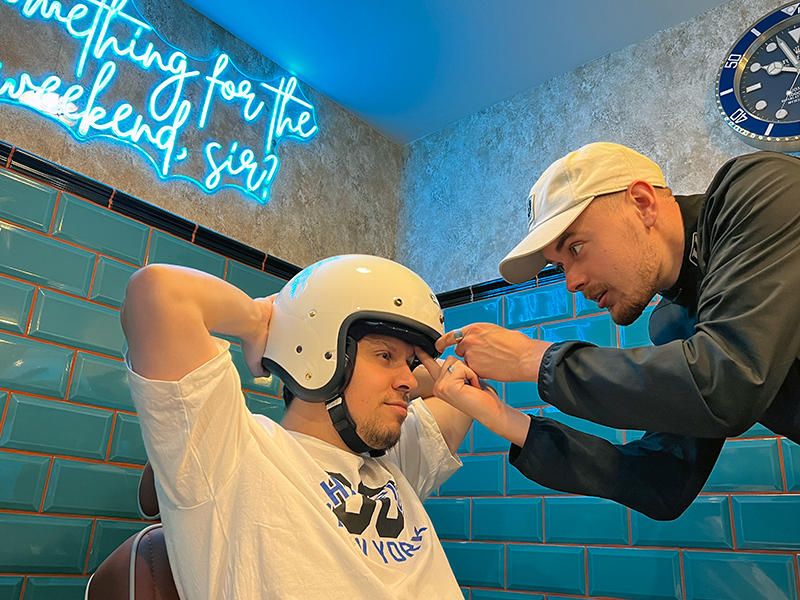
Now it would be misleading to suggest that getting the fit right on an open-face helmet is more important than it is on a full face helmet, but a poorly fitting open-face will leave you more exposed to the wind and noise. A poor fitting open-face will also move about a lot, as the oncoming air will find every way it can to enter the helmet in order to tear it off your head. If you're going to be wearing a J.O2 you should seriously consider getting it PFS fitted. It will make a huge difference. The secret is a fit that is as snug as you can bear, and particularly so in the cheeks and around the face.
And so if you are going to wear an open-face helmet, then on any measure of protection, comfort, quality, functionality or fit, the J.O2 is in a league of its own.
And if you want it to fit as well as it should, we are in a league of our own too!
The J.O2 is not an inexpensive helmet. It's twice the price of most open-face helmets, and three times the price of some. But it is far and away the best.
You can buy the Shoei J.O2 helmet with free next day UK delivery online, or visit our store in Guildford to try one on.
Share this story
































































